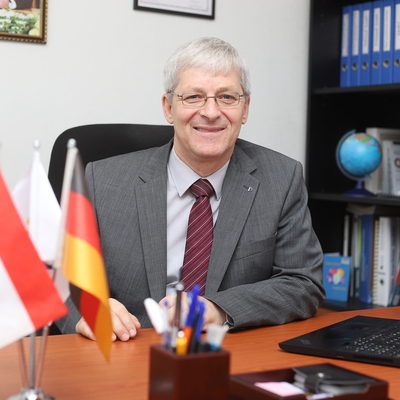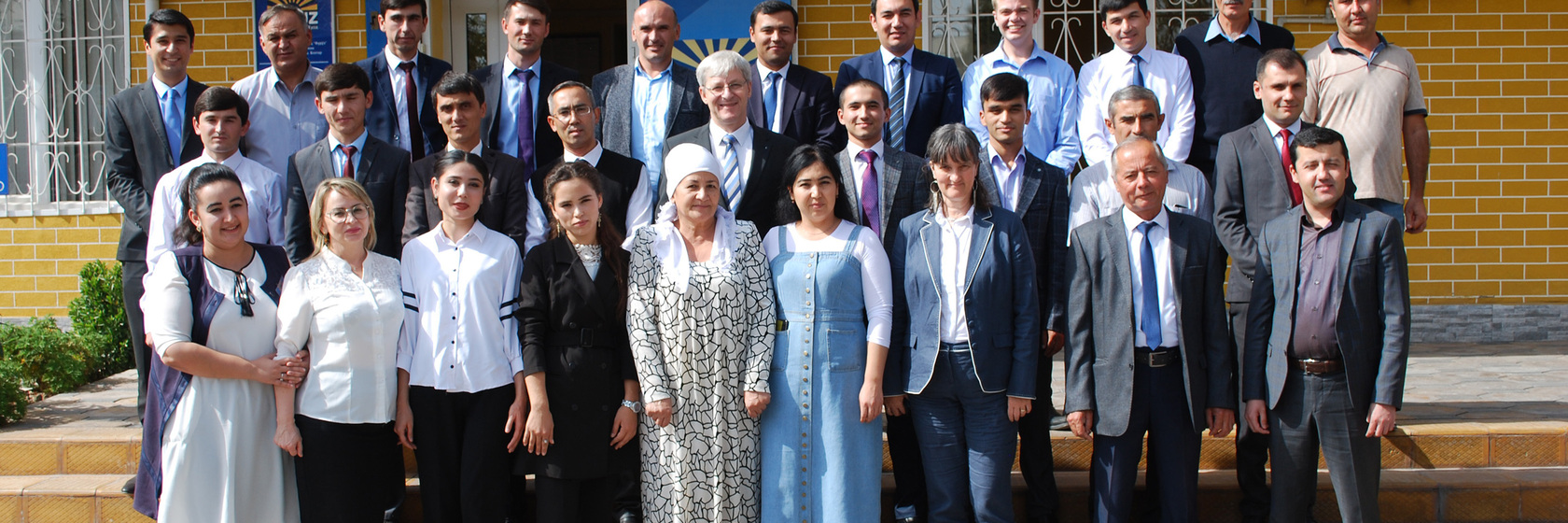Furuz started in 1999 as a small program offering micro-loans. By 2005, with assistance from the American organisation Millennium Relief and Development Services (MRDS), it transformed into a recognised commercial entity. In the following year, Furuz acquired a critical license, broadening its scope beyond mere lending. Progressing steadily, by 2022, Furuz had expanded significantly, rebranding itself as the Microcredit Deposit Organization “Furuz”. Now, it handles various financial services like taking deposits, currency exchange, and account management.
Furuz's mission is to support the sustainable development of Tajikistan, focusing on small businesses and financial inclusion. The organisation has made a substantial impact: it has issued over 48,000 loans totalling $43 million USD, helping create 16,000 jobs. Furuz operates with 120 employees across 8 branches and currently serves 6,000 active customers with a $5.5 million USD loan portfolio. Committed to growth and equality, Furuz aims to increase its customer base to 10,000 by the end of 2024, with a focus on maintaining a diverse and inclusive client and staff composition.

General information
| Borrower | Microdeposit Organization Furuz LLC |
| Country | Tajikistan |
| Head office | Bokhtar |
| Website | https://www.furuz.tj/ |
| Founded | 22 December 2005 |
| Active on Lendahand since | 18 December 2023 |
| Credit Score | 2.92 |
Financial information per 2023-09-30
| Portfolio Overview | €8,274,558 |
| Leverage ratio | 82.00% |
| Write-off ratio last 12 months | 0.00% |
| % investment amount in arrears (>90 days) | 0.90% |
About Tajikistan
Tajikistan, the smallest country in Central Asia, is landlocked and mountainous. It is bordered by Afghanistan to the south, Uzbekistan to the west, Kyrgyzstan to the north, and the People's Republic of China to the east. The Republic of Tajikistan gained independence in 1991 as a result of the collapse of the Soviet Union. Following independence, the country went through a long period of internal conflicts and civil war. Political stability was restored in 1997 with the signing of a peace agreement between the government of Tajikistan and the united Tajik opposition. The population density of Tajikistan is 56 persons per square kilometer, however, the population is concentrated in the cultivated lands and in the industrialised urban areas, and therefore unevenly distributed among the four regions (viloyat). The majority of the population (over 70%) live in rural areas. The geographical terrain with 93% mountainous territory and only 7% arable, and the fact that Tajikistan lies in the seismically active zone makes the country uniquely prone to natural disasters such as earthquakes, floods, mudslides and landslides. Tajikistan has made steady progress in reducing poverty and growing its economy over the last decade. This has been accomplished through an increase in precious metals exports and a significant increase in domestic demand. Remittances represent over 25% of Tajikistan’s GDP, at some years reaching up to 40%.
Last funded project

Furuz 2
With a first loan from Furuz back in 2011, farmer Suhrob started cultivating vegetables and watermelons to sell them in surrounding villages. Over time, he managed to shift focus to lemons by investing in a greenhouse on his farm. Your investment in Furuz helps 50 other small entrepreneurs in Tajikistan to receive a...Continue reading
